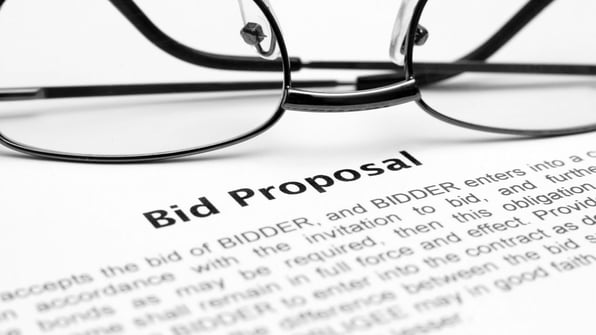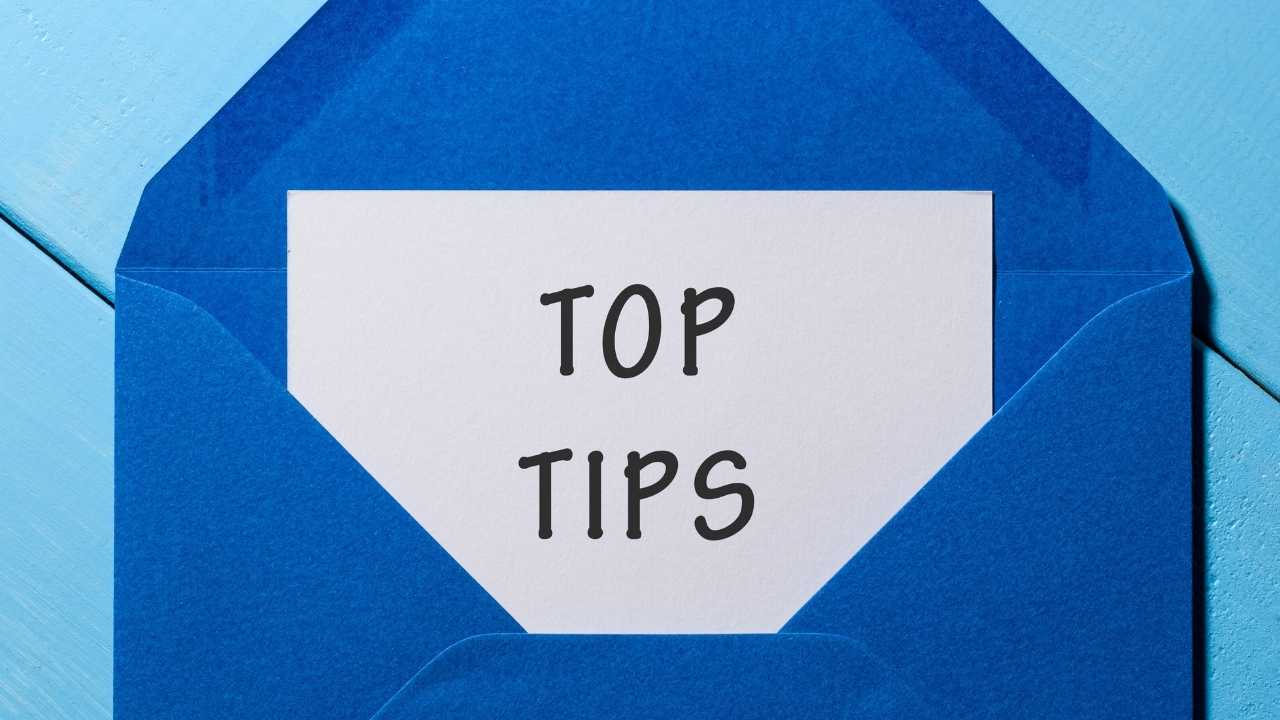 How do you win tenders? Winning tenders involves far more than submitting the lowest price with a nice covering letter. Winning tenders is a bit like passing an exam, you need to be prepared, read the questions carefully, understand the weighting of each question and respond in a concise and persuasive manner.The first step in the tendering process is to understand the customer and the tender opportunity. This should ideally be done before the tender request is issued. Once the tender request is issued the tender rules will likely preclude you from meeting one on one with the customer.
How do you win tenders? Winning tenders involves far more than submitting the lowest price with a nice covering letter. Winning tenders is a bit like passing an exam, you need to be prepared, read the questions carefully, understand the weighting of each question and respond in a concise and persuasive manner.The first step in the tendering process is to understand the customer and the tender opportunity. This should ideally be done before the tender request is issued. Once the tender request is issued the tender rules will likely preclude you from meeting one on one with the customer.
Meeting with the customer before the tender is issued may provide you the opportunity to make suggestions and provide feedback on the tender request documents. It may also provide you with a deeper insight into the customer's needs and requirements.
-
Who are your likely competitors and what are their strengths and weaknesses?
-
What is your Unique Value Proposition?
Like exams the time period to respond to a tender request is typically not long enough. You can ask for an extension of time however this not recommended. If you cannot to respond to the tender in the specified time period the customer may doubt your capacity to deliver the goods and services in the time period required. You need to prepare as far as possible in advance.
When preparing for an exam you typically read and answer past exam papers. When preparing to tender you can read past tenders issued by the customer. This will give you an idea of the type of questions the customers typically asks and may give you the opportunity to prepare parts of your response in advance e.g. CVs of Key Personnel.
When the tender request is issued the first step is to read the tender documents carefully and ask yourself the following questions:
- Do I understand the needs of the customer?
- Does my product meet the needs of the customer?
- Can I comply with the requirements of the tender?
- Do I have the capacity and resources to prepare a tender response?
- Do I have the capacity and resources to deliver if successful?
- Do I have good chance of winning the tender?
If the answer to any of these questions is no you should consider not tendering. You might consider waiting for another opportunity to which you can answer yes. Tendering is time consuming and costly and you are best to spend you time on opportunities for which you have the greatest possibility of success.
When considering the format of your tender response do not use your own template, you should respond in a format identical to the tender request to make it as easy as possible for the customer to evaluate and score your bid. Place any supporting or additional information in appendices.
Whilst price is an important factor in winning a tender it is not the only factor and tenders are not always given to the lowest tenderer. However if not the lowest price, you will need to demonstrate better value for money to be in the ball park of the lowest compliant bid (within 10% or thereabouts).
Finally winning tenders is about writing a compelling story as to how your product or service will meet and surpass the needs of the customers and why they should choose you over your competitors.
Our blogs are a great way to find out the most effective tips and tricks when it comes to winning tender bids. Check them out below.





